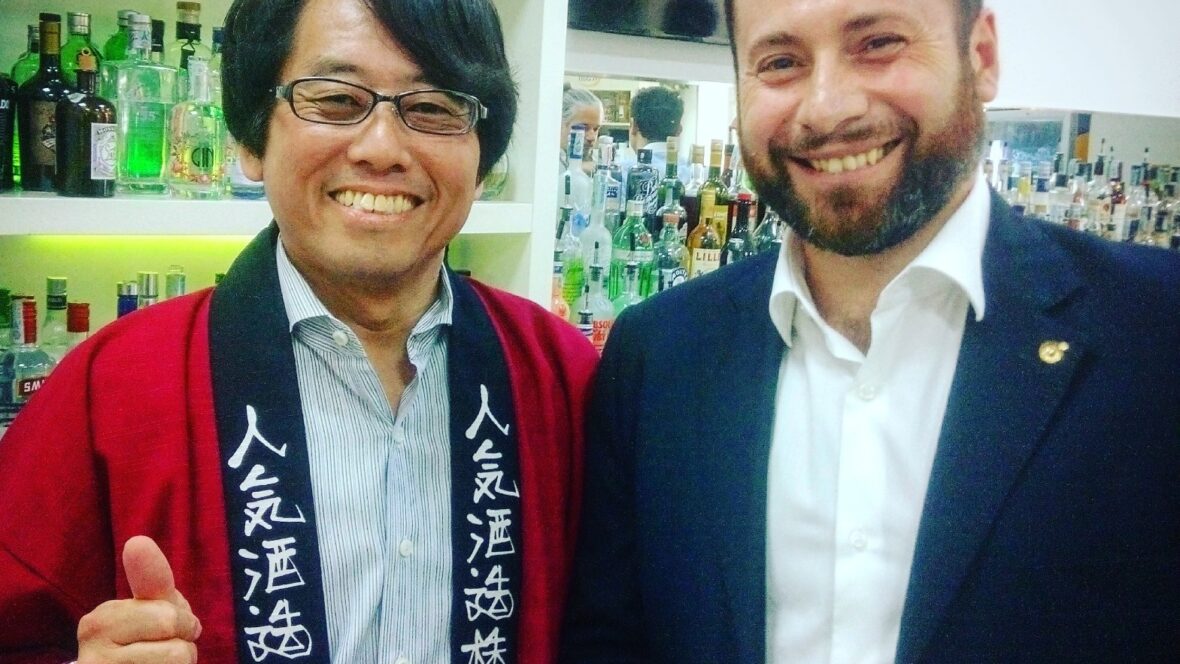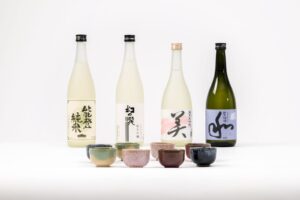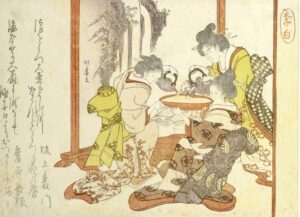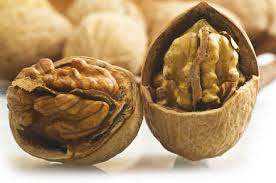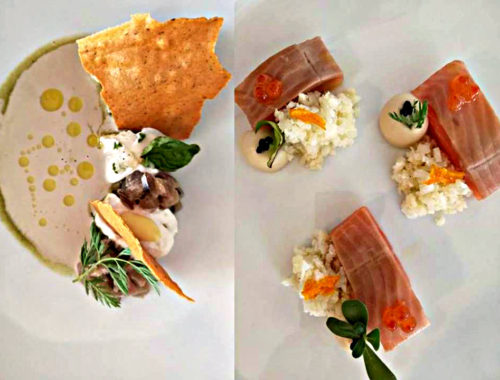Double Graduated in Hotel-Tourism-Restaurant Management and Nautical College, Gaetano sails since 2001, implementing his studies and improving his seamanship and F&B performances in Italy and abroad. Speaking English and Spanish languages Gaetano is an Expert Sommelier and Member of the Italian Sommelier Association AIS (Associazione Italiana Sommelier) who well combines the Mediterrenean Diet of its land of origin with an international approach. When ashore Gaetano continues to be an Advisor for Wineries and Restaurant organizing wine lists, wine&food events and tasting of wine, beers, spirits and cigars. What’s more, he became Sake Sommelier with Sake Sommelier Association in London in 2017, then he got a professional master in F&B Management by ANPA Academy in Rome. He also writes for beverage and food magazines such as Foodclub and Mediterranea Online, media partner of the Concours Mondial de Bruxelles.
Gaetano, first of all, how did the idea of becoming a sake sommelier come about?
I have always had a great passion for Japanese culture since I was a child, starting from manga to Hayao Miyazaki’s animated films, probably like all those of my generation after all. When I grew up, I approached martial arts and consequently the book of the five rings by Miyamoto Musashi, afterwards I learned to appreciate other literary genres and authors such as Banana Yoshimoto. It was during my first voyage as a seafarer that I visited Japan for the first time, exploring three different locations. It happened in 2001 and I had not yet become a sommelier but I had already had some experiences in catering services and therefore I was very attracted from the world of food and wine, including Japanese cuisine. From that moment on, I promised myself to learn more about wine and sake. The course to become sake sommelier was therefore a way to remain loyal to my cultural intentions as well as an excellent excuse to become more competitive in the food & beverage management sector. In fact, knowing sake means having an additional tool.
Let’s clarify immediately what sake is and how we can classify it
First of all, it would be appropriate to clarify that sake is a generic word mainly used in the West world to define an alternative to wine or beer and that in Japanese only means “alcohol”. The correct term is nihonshu, which literally means “alcohol of Japan”. Nihonshu is a fermented beverage of rice and koji. Based on the variety of selected rice and on how it is processed, the water used during the fermentation process and the yeasts, the final result might change greatly. All these factors, together with other variables such as pressing, pasteurization and aging, perhaps in sugi or hinoki (types of wood) barrels, impact the organoleptic properties of the fermented product and therefore define its style. A first macro classification sees for example the category of futsu-shu and that of premium sake, respectively basic sake and the most precious ones, even if, actually, you can still find pleasant surprises among the basic ones as well.
What is the “chewing” sake?
This question reminds me of an animated film directed by Makoto Shinkai called “kimi no na wa” in which the protagonist produces it in person. Chewing sake is the ancestral sake, better known as kuchikami no sake. It was produced by chewing rice and this activity was carried out by common people in the villages or by young virgins, involved in Shinto religious rituals. In practice, kuchikamizake (or kuchikami no sake) was born thanks to the amylase contained in saliva, an enzyme useful for hydrolyzing and therefore transforming the starch into sugars, afterwards it was poured from the mouth of the priestesses directly into wooden containers in which, thanks to the yeasts present in the air, it began to ferment. The final result also took the name of doburoku, which is a cloudy sake due to its milky and therefore unfiltered appearance.
As you have already written more than once, what is the contribution of Chinese culture to the birth of sake?
Sake is a product invented by the Japanese but certainly Chinese culture affected the birth of this fermented product. Consider that the random fermentation of rice most likely occurred in China near the Yangtze River around the fifth millennium B.C. (or between the seventeenth and eleventh centuries B.C. near the Yellow River according to other sources). It is good to reiterate that aspergillus oryzae, the filamentous mushroom that the Japanese today call koji-kin, was discovered by the Chinese. In fact, there are alcoholic beverages born in China, such as huang-jiu, which are very close to sake but to trace the actual origins of nihonshu we will have to wait until the Yayoi Period: in fact, it is in this imprecise time frame (between 300 B.C. and 300 A.D.), that the Chinese will import the knowledge of rice cultivation in Japan, a prerequisite for the invention of the fermented product which over time has evolved to become the product we know today.
Hot or cold?
This question can be answered just following traditional Japanese wisdom: if it is cold, drink hot sake, if it is hot, drink cold sake. If hot food is served, drink hot sake, while with cold dishes, drink cold sake (or at room temperature). Of course, there are sake that can be served at variable temperatures thanks to their flexibility, while there are others that should be enjoyed cold, such as those that express floral and fruity notes.
Is Italy the main sake importer in Europe? And do we also produce it?
True! With the 2015 Milan Expo, Italy became the first European country for the import of quality sake and this also thanks to the courage and the foresight of some young entrepreneurs including Giovanni Baldini, founder of the newly born Italian Sake School and historic selector of nihonshu from small family-run wineries. Currently there is an excellent placement of the product especially in the North and then towards central regions, but I believe that very soon we will see some good ones also in Campania (southern Italy), as the interest and curiosity for the fermented product is increasing.
As for the production of sake in Italy I would be careful not to call it like that: in 2015 the GI – Geographical Indication was born to protect its name and origin: it exclusively comes from Japanese territory which excluding the other countries that produce, imitate and export it. Returning to Italy, on the other hand, I fear there is still a lot of work to be done, although excellent results have been achieved in recent times. It would be more interesting to enhance an Italic fermented rice beverage through a modern and innovative process, exploiting the different cultivars of local rice, rather than mimicking a millenary product.
How does sake differ, from a sensorial point of view, from wine and therefore which tastes and which food pairing does it meet?
As I said before, there is a distinction between basic sake and fine sake. Without going into too much detail, the most important categories of nihonshu are the following: junmai and tokubetsu junmai, junmai ginjo and junmai daiginjo, honjozo and tokubetsu honjozo, ginjo and daiginjo… actually, there are many others such as taruzake, sake matured in barrique. From a sensorial point of view, sake has a myriad of aromas and flavors allowing all possible combinations; like in the wine world, we could say that there are neutral, semi-aromatic and aromatic ones, although the olfactory profile of sake is, on average, more delicate in terms of intensity and requires more attention. When we refer to sake we can range from a glamorous, pop and refined aperitif, to a dedicated food pairing, as well as to a meditative drink. There are strong and masculine sake or smoother and feminine sake but the beauty of this fermented product, as an ancient Japanese proverb says, is that it never fights with food starting from the fact that it contains just one fifth of the acidity of wine, as well as a lot of amino acids and recognized health properties but the crucial feature is umami. As we all know, umami is the fifth taste, in addition to salty, sour, bitter and sweet, found in nihonshu as well as in many Japanese products or dried tomatoes, olives, aged cheeses and the famous anchovy sauce of Campania region in Southern Italy: “colatura di alici di Cetara” and this makes the match between sake and the Mediterranean diet truly amazing.



